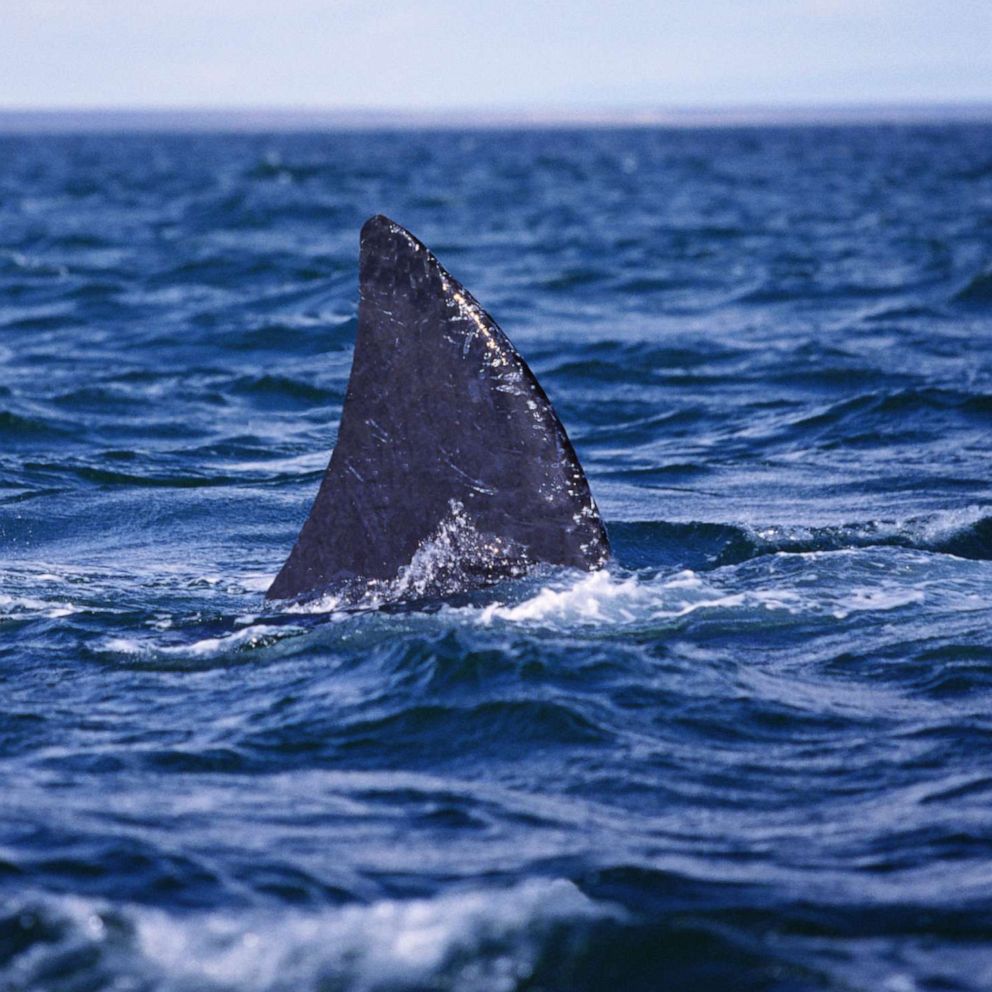Sugarland Stage Collapse Reports Cite Inadequate Construction and Emergency Plans
State Fair officials had an "inadequate" emergency plan.
April 12, 2012— -- Two consulting firms hired by the state of Indiana to investigate why the stage collapsed moments before country duo Sugarland were to perform at the Indiana State Fair last summer cited "ambiguity of authority" over who was in charge and unsuitable stage construction as contributing to the tragedy that killed seven people.
The two firms, Thornton Tomasetti, an international engineering company, and Witt Associates, an emergency preparedness consulting firm, announced more than 80 recommendations for changes in the State Fair's "inadequate" emergency safety plan and stage construction today at the Fair Commission meeting in Indianapolis.
Just as Sugarland's Jennifer Nettles and Kristian Bush were about to take the stage at the State Fair on Aug. 13, a powerful storm blew through the area and a huge gust of wind ripped down the stage scaffolding. Aside from the seven people that were killed, dozens more were injured.
Witt Associates went over a timeline of events leading up to the stage collapse. State Fair officials,they reported, had expressed concern about the weather throughout the day on Aug. 13, and approached Sugarland tour manager Helen Rollins about delaying or canceling the show because of the threat of thunderstorms. Witt Associates officals said that Rollins' response around 8 p.m. the night of the show was, "It is only rain, we can play."
At 8:30 p.m., Witt Associates said, Indiana State Police Captain Brad Weaver, who was off-duty that night, approached Fair officials and said they needed to start "shutting it down." Around 8:45 p.m., Weaver approached the officials again and said, "We're calling this off," but the stage collapsed before they could make an announcement to delay the show.
Both Thornton Tomasetti and Witt Associates officials said they encountered problems in getting information from Sugarland's camp and the companies involved with building the stage, including Mid-Atlantic Sound Corp., which was issued a fine as a result of previous stage collapse investigation conducted by the Indiana Occupational Safety and Health Administration.
Scott Nacheman, a vice president with Thornton Tomasetti, said the stage structure became "overstressed and overloaded" in the severe weather and it was not built or inspected properly.
A maximum wind gust of 59 mph hit the stage the night it collapsed, Nacheman said. The stage was "capable" of withstanding 25 to 43 mph wind speed gusts, he said, but as wind speeds increased, the concrete jersey barriers used as anchors for the stage began to slide from "a matter of inches" to "upwards of 10 feet" until the structure finally gave way.
"Gravity has taken over, and there was no way for the structure to support itself," Nacheman said. "The structure was in a free-fall position."
Sugarland's additional sound and lighting equipment added extra weight to the structure, Nacheman said. Without them, the stage "could have sustained a maximum of 53 mph" wind gusts.
State Fair executive director Cindy Hoye spoke only at the beginning of the meeting, saying the report findings "are extremely important for us to use as a road map to move forward... hindsight is an incredible teacher and that's all we have right now."
Numerous victims of the stage collapse filed a massive civil lawsuit on Nov. 22 claiming Sugarland and the companies involved with the construction of the stage were negligent and contributed to the accident.
Nettles and Bush are participating in a deposition Thursday and Friday in Charleston, W.Va., to answer lawyers' questions about their involvement in the decision making to go on with the show.




